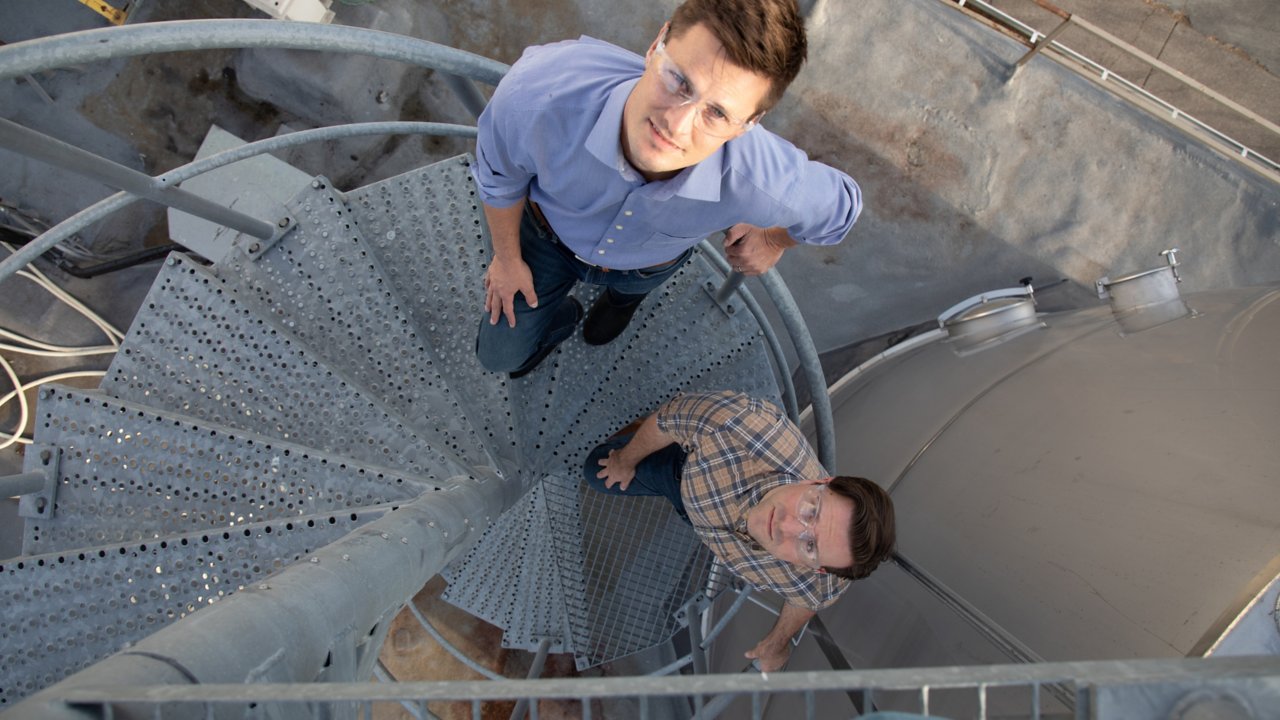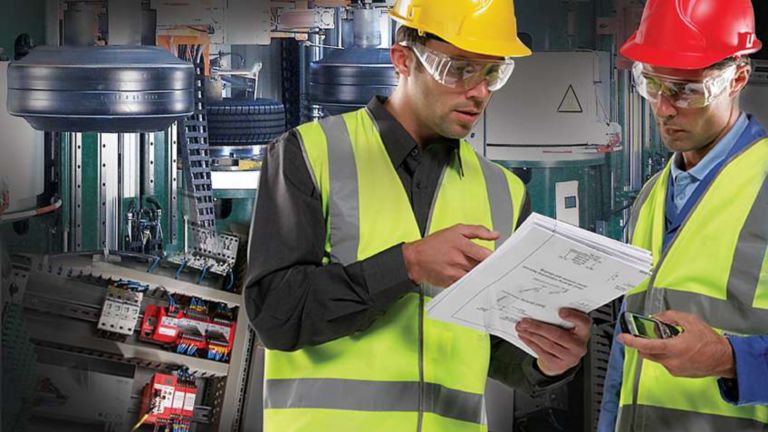Best-in-class manufacturers achieve 5%-7% higher OEE, 2%-4% less unscheduled downtime, and less than half the injuries of average performers using a common set of best practices grouped into three core elements: Culture (behavioral), Compliance (procedural), and Capital (technical). Whether you build machinery or use it, safety maturity is synonymous with improving productivity and safety.
Safety Maturity for End Users and Machine Builders
Improve Safety and Productivity Performance
Companies that approach safety holistically across culture, compliance, and capital improve productivity, gain efficiencies, improve employee morale, and protect brand reputation. For machine builders, embracing these elements can create high-value, globally compliant machine designs that improve safety and productivity. This provides a unique competitive advantage for multinational customers.
Implement Your Safety Maturity Program
Understand How to Measure and Plan Safety Maturity
The first step to implement your safety maturity program is to measure your safety maturity level to help you understand your strengths and weaknesses, and help you chart your journey forward.
We have also developed a proven five-step program to improve safety maturity, outlined in the linked paper. The program is best graded and implemented through collaboration between EHS and Engineering.
Build Better Machines
Improve Your Value as a Machine Builder
Leverage best-in-class safety in your machine designs to help end users achieve significant productivity gains and comply with modern safety standards. This can help differentiate your offerings from the competition and cost-justify higher-value machines.
Improve Safety Performance With IIoT
Gain Insight on Worker Behavior, Machinery Compliance, and Trends
Harness the power the Industrial Internet of Things (IIoT). Gain insight from safety and operational data to substantially improve safety compliance and performance.
The Connected Enterprise® empowers safety professionals with real-time insight into worker behaviors, machinery compliance, causes of safety shutdowns or stoppages, and safety anomalies and trends.









